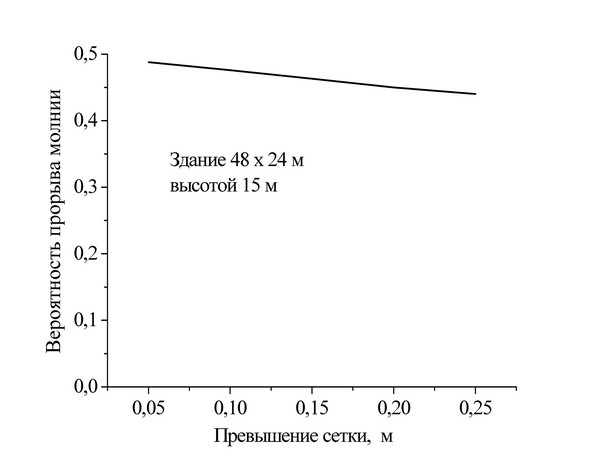This material is the first publication from the series of articles by Eduard Meerovich Bazelyan “Truth about lightning protection mesh". In these articles, the author tells about all the explicit and implicit nuances associated with the calculation of reliability, design and operation of lightning protection mesh.
It is difficult to find a concept in lightning protection with which as many misunderstandings would be associated as with lightning protection mesh. It is striking that most of them are determined not by the text of a regulatory document, but by its very peculiar interpretation by the readers and, first of all, by those who represent decision-making bodies.
The mesh has been used to protect buildings and structures for many decades. In any case, in the book “Lightning protection of industrial structures and buildings”, published by the publishing house of the USSR Academy of Sciences in 1951, there is a chapter “Lightning protection of buildings with a non-metallic roof using mesh”. The title of the chapter accurately reflects the main thing - the mesh is intended only to protect buildings and structures with non-metallic roofs. This is a very specific formulation. It does not allow any ambiguous interpretation. Non-metallic roofing is new synthetic materials, slate, shingles, at worst straw, but not metal, not metal profiles or reinforced concrete slabs filled with metal grounded reinforcement. When there are no metal elements on the roof, mesh with standardized dimensions is able to somehow protect people and equipment on the top floor of the building. Its designation is only to do this.
Mesh on the roof of a modern construction building
My first own apartment was a small flat in the famous panel five-story building of the early 60s. Then almost everything had to be done by ourselves, and we climbed on our roof many times. Its reinforced concrete coating was covered with thin sheets of waterproofing with bitumen impregnation. On top of the sheets there was this lightning protection mesh of a steel bus 3 mm thick. Down conductors from it went along the walls of the house to the foundation. The builders explained that without installing the mesh, our cooperative house was not taken into operation. It is obvious that my professional explanations were not taken into account.

- Вероятность прорыва молнии – Lightning breakthrough probability
- Здание 48Х24 м Высотой 15 м – Building 48 x 24 m 15 m high
- Превышение сетки, м – Mesh elevation, m
It is well-known that to protect against direct lightning strikes, an air terminal should significantly exceed the protected structure. The greater the excess is, the more reliable is the protection. The protection zones in the Instruction IS-153-34.21.122-2003 indicates that even for the protection reliability of 0.9, the lightning conductor must be at least 15% higher than the facility, about 2 m for a five-story building. The question is, why then do we need a metal mesh that exceeds the grounded metal reinforced rods of the reinforced concrete floor of this same five-story building by only 1 - 2 cm? Moreover, a thin layer of concrete of irregular quality over the reinforcement can hardly be considered a serious additional insulation.
It is the first part of the cycle of articles "Truth about lightning protection mesh". To read the whole material, you need to sign up on the site.
Do you have questions on calculations of lightning protection or grounding? Contact ZANDZ Technical Center!

